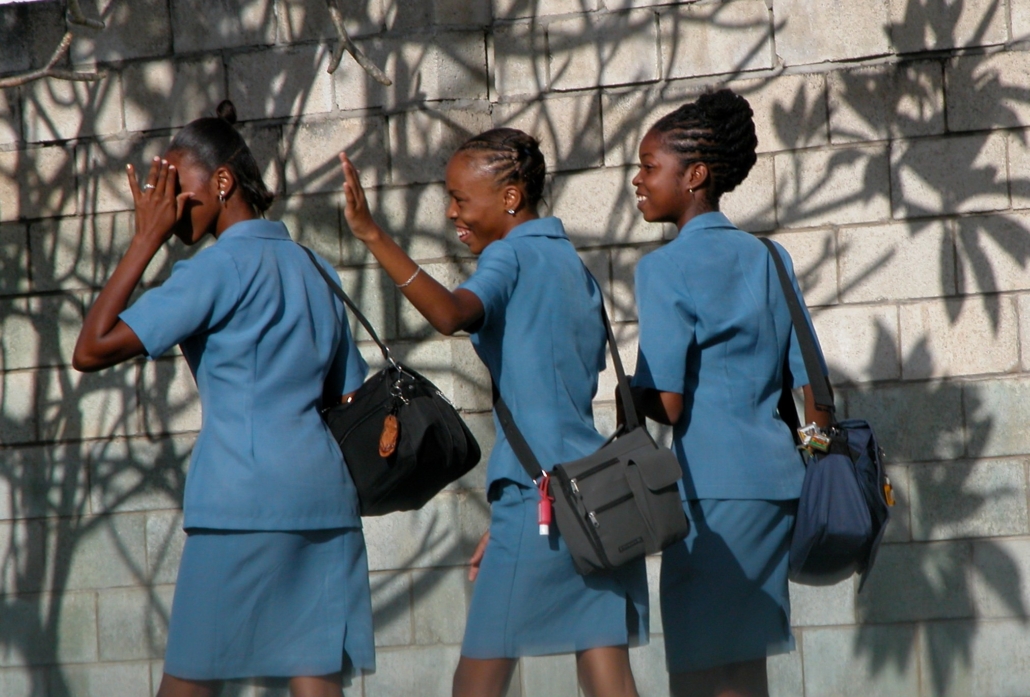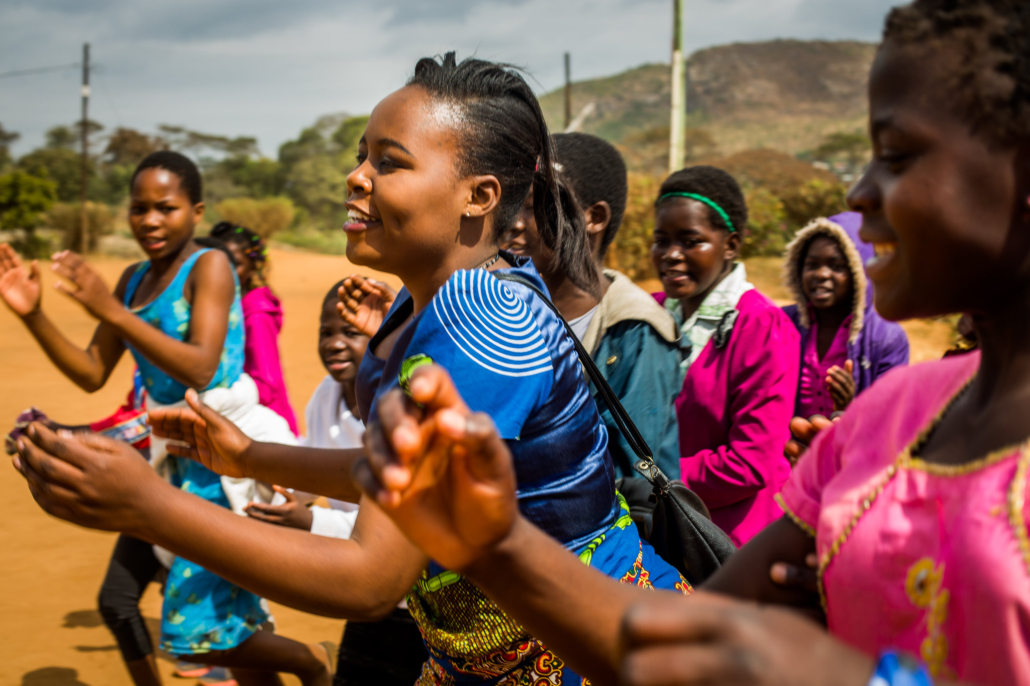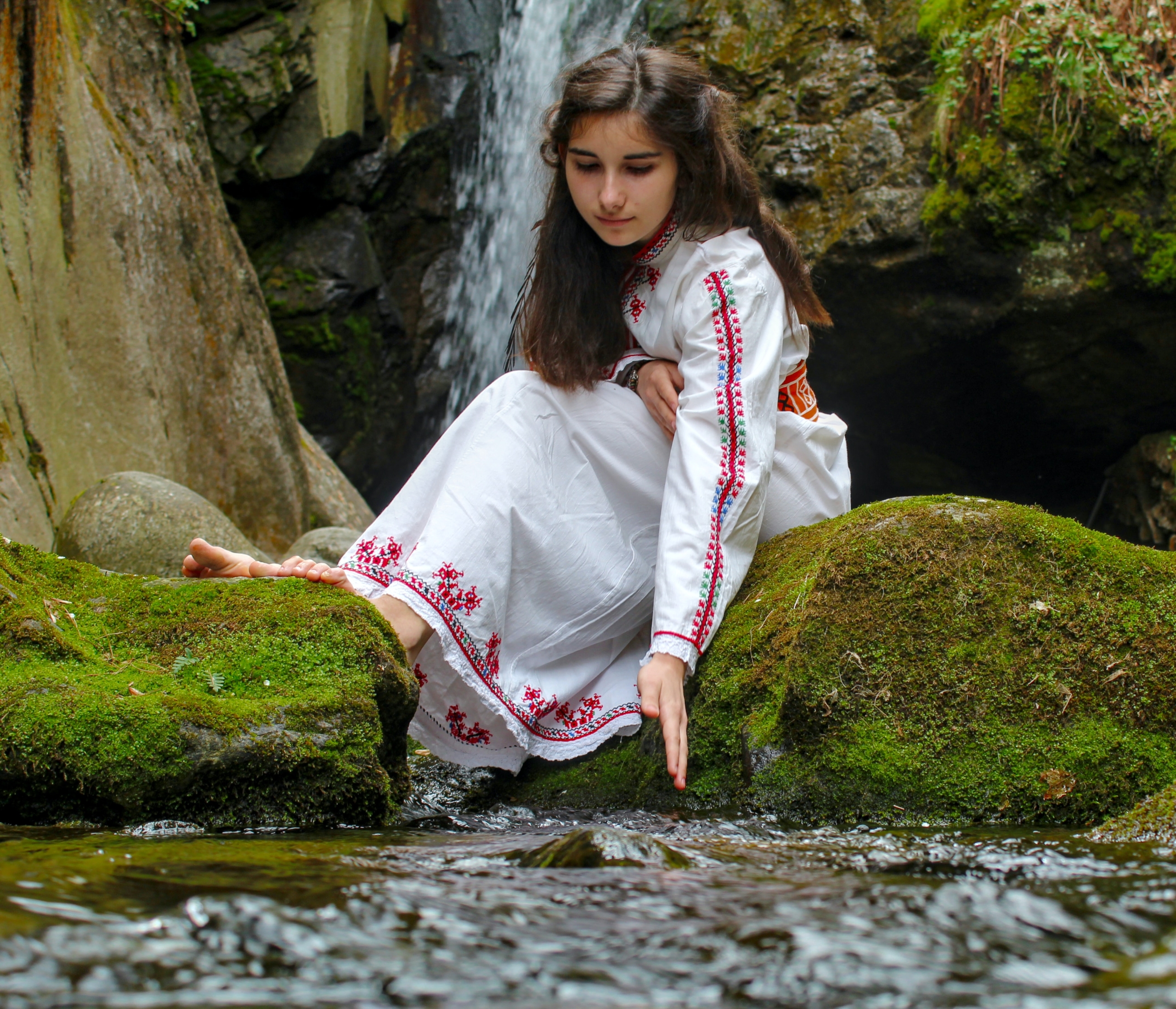 The struggle for women’s rights in Bulgaria has been ongoing, but the country is committed to achieving complete equality by 2030. Female leaders in Bulgaria are making progress in protecting women from poverty and discrimination. With more women holding positions in parliament, gender equality is becoming a more prominent issue in Bulgaria.
The struggle for women’s rights in Bulgaria has been ongoing, but the country is committed to achieving complete equality by 2030. Female leaders in Bulgaria are making progress in protecting women from poverty and discrimination. With more women holding positions in parliament, gender equality is becoming a more prominent issue in Bulgaria.
The Current Challenges for Women
Several inequalities and prejudices still affect women in Bulgaria, leaving them vulnerable and disempowered. The Gender pay gap in Bulgaria was 14.4% in 2018, with women earning lower hourly figures, working fewer hours and facing lower employment rates compared to their counterparts.
Women in Bulgaria are more likely to be at risk of poverty at a rate of 25%, compared to men at a rate of 21%. Bulgarian women also earn a mean monthly earning of 1,078 pps (purchasing power standard), compared to men at 1,256 pps. Without adequate financial power, women struggle to access basic human needs, such as rent, food, health care, etc.
The problem is exacerbated by traditional gender roles that dictate that Bulgarian women should be consigned to being “stay-at-home wives” with no opportunity to pursue a career or have a say in the matter. Women are responsible for cooking and house chores in a staggering 73% of households, compared to only 13% for men as of 2022.
All of these issues combined make women’s rights in Bulgaria particularly hard to amend to achieve gender equality. Out of the 240 seats in Parliament, 65 are women (27.1%). Though this number seems low, it ranks 69th in the world for the highest percentage in women’s political representation, just one place behind the U.S. Though women’s rights and gender equality are still a clear issue, the number of women in politics represent a positive sign of better things to come.
The Influence of Female Political Power
The percentage of women’s political representation has risen from 17.6% to 29.4% since the last mandate. This increase allows women to have greater participation and decision-making power in crucial national matters, including passing legislation to support women’s rights and promote equality. The rise of women in politics has led to new legislation that supports women’s rights and addresses gender inequality. With more women in positions of power, there is a stronger focus on tackling gender disparities.
In 2015, the Bulgarian Government agreed to support the upgrading of the National Strategy for the Promotion of Gender Equality. This aims to provide equal treatment, equal access to resources and equal participation in decision-making, as well as promoting gender equality in social, economic and political life. There are also special policies that ensure equal access to professional training, equal participation in the labor market and equal pay for the same work. Overall, the goal is to provide women with more work opportunities and promote the role of the father in families.
Not only is there hope in new legislation and policies, but there is also evidence showing that equality is improving in Bulgaria. In 2022, full-time employment for women was at 46% and 57% for men. In comparison, the rates were 42% and 45% as of 2015 and 2019, respectively. As more women join the workforce in full-time positions, it provides them with a reliable income that they can utilize to fulfill their basic necessities and invest in their future.
Education
In 2022, women outnumbered men in the percentage of tertiary education graduates, with 27% for women and 20% for men. Education provides better work opportunities for women, allowing them to advance and provide platforms for more women in positions of power. Better standards of education also inform women about their rights, health care and better understanding of the world. Around 42% of managers in Bulgaria are women, making it the third highest in the EU. Additionally, women constitute 44.6% of the workforce in the country’s booming technology sector, ranking second highest in the EU.
Bulgaria also currently holds the second-highest percentage of female scientists and engineers in the EU at 52%. It has now become a female-majority field. Bulgaria has taken significant steps to remove restrictions on women’s work, thereby reducing the likelihood of women being excluded from certain sectors of the economy. This move has led to the diversification of women’s work sectors, enabling them to pursue higher-paying jobs or careers that align with their passions.
Organizational Power
While political power has been beneficial, women in leadership roles in organizations have also significantly contributed to advancing women’s rights in Bulgaria. The Bulgarian Center of Women in Technology (BCWT) was established in 2013 to promote women’s involvement in the digital industry. BCWT takes an active role in regional and international projects, fostering the exchange of good practices and forming valuable partnerships.
Some of the organization’s work includes regular network events to help women build a professional network, create formats for the digital industry and inspire the next generation of young women. BCWT also organizes training to help women from various social groups acquire valuable digital skills.
Atos, a Bulgarian organization, actively supports women in tech. It develops and backs programs that encourage female empowerment and leadership. Atos also supports women’s access to education and the labor market, particularly in fields like IT and STEM. Additionally, the organization works to foster women’s entrepreneurship and provide resources and opportunities for vulnerable groups of women. Furthermore, Atos implements programs to combat domestic violence, showcasing its dedication to various aspects of women’s well-being and progress in Bulgaria.
These Bulgarian organizations play a crucial role in pushing women into higher-paying jobs, especially in the technology sector. Both of these organizations have female leaders who are advocating for more women to have high-quality jobs, rather than adhering to the traditional Bulgarian view of a woman’s role as a homemaker.
Looking Ahead
In conclusion, life for women in Bulgaria presents several challenges that call for attention. Nonetheless, progress is evident with more women entering politics and attaining better-quality jobs. Notably, Bulgaria made history by electing its first woman as the mayor of the capital city, Sofia. However, to fully achieve gender equality by 2030, in just 7 years, additional legislation and policies are necessary to safeguard women’s rights. Organizations have played a significant role in helping women secure better job opportunities, making it a collective effort to bring gender equality to Bulgaria.
– Lewis Butcher
Photo: Unsplash

 Croatia, a country in the Northwestern part of the Balkan Peninsula, has witnessed significant progress in the realm of women’s rights. Despite its smaller size compared to other European countries, the rights of all citizens in Croatia are of utmost importance. However, the matter of women’s rights in Croatia is a complex and evolving one.
Croatia, a country in the Northwestern part of the Balkan Peninsula, has witnessed significant progress in the realm of women’s rights. Despite its smaller size compared to other European countries, the rights of all citizens in Croatia are of utmost importance. However, the matter of women’s rights in Croatia is a complex and evolving one. New legislation in Gabon provides women with more rights and reduces gender inequalities. In recent years, women’s rights in Gabon improved drastically; however, there is still room for more progress. The following is a brief look into everything about women’s rights in the country.
New legislation in Gabon provides women with more rights and reduces gender inequalities. In recent years, women’s rights in Gabon improved drastically; however, there is still room for more progress. The following is a brief look into everything about women’s rights in the country.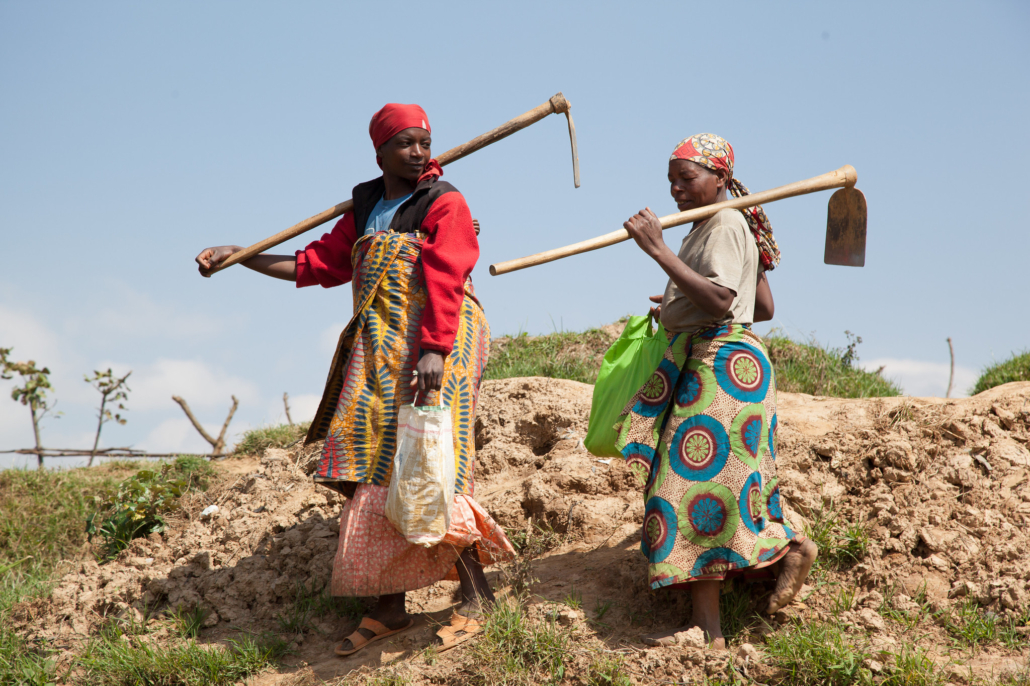
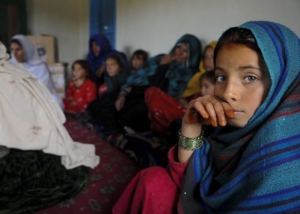 On March 8, 2023, thousands of people around the world, especially women, gathered to recognize International Women’s Day. Considering the ongoing global struggle for women’s rights, many of 2023’s marches focused on the Middle East, specifically, Iran and Afghanistan.
On March 8, 2023, thousands of people around the world, especially women, gathered to recognize International Women’s Day. Considering the ongoing global struggle for women’s rights, many of 2023’s marches focused on the Middle East, specifically, Iran and Afghanistan. Kyrgyzstan is often viewed as a country with vast gender inequality. Reports of “
Kyrgyzstan is often viewed as a country with vast gender inequality. Reports of “